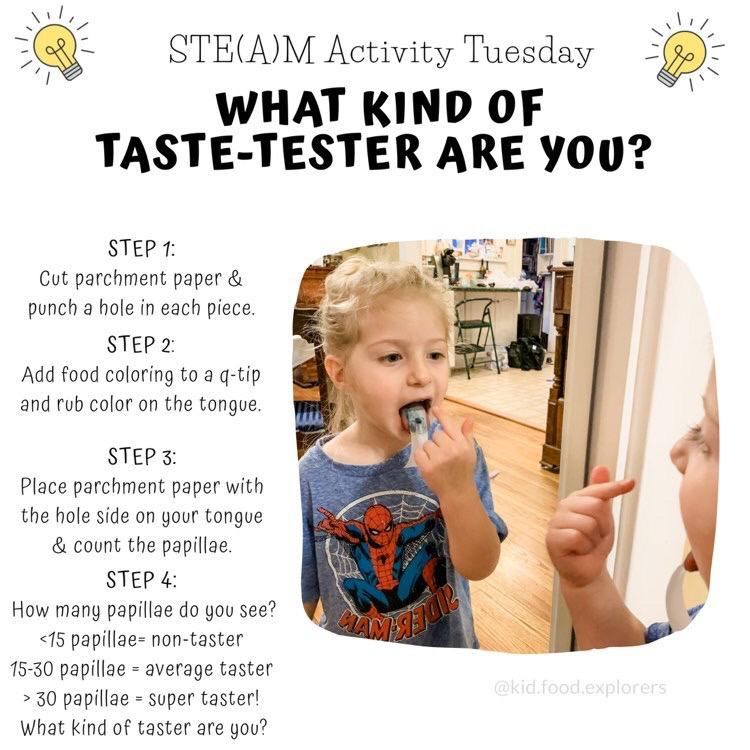This is not a blog to get you to vote a certain way, or to think the same way as me or as your table companions.
This is not a blog to get you to eat a specific way.
And no matter how political food can get, this is not a blog to get you to start eating kale.
Or stop eating kale.
Or even consider the culinary or nutritional qualities or the environmental impact of kale.
This is a blog about dinner time.
“How can you not like it? You won’t even try?”
“I can’t even watch you eat that!”
“You’re such an idiot.”

Or does it sound like a recent conversation you may have had on social media about something red or something blue?
What if we can employ naturally differing opinions at the table to teach our child/children respectful dissent? Understanding that two people with different opinions can share air without exploding, either literally or figuratively – and that it can start at the table.
I love broccoli. Maybe you don’t. Maybe you love olives. I certainly don’t. But we can go out to eat together, share a table, maybe even a candlelit dinner. Heck, we could even feel a spark fly between us (I won’t tell). You have your meal and I have mine. We could choose to exchange a bite, or we could keep to our own plates. We can each enjoy what we ordered. We could share, we could trade, we could send a dish back because it’s saltier than we had planned. All without raising our voices or calling each other names. Respectful dissent.
We can have different predilections based on our genes, based on texture preference, or even based on previous emotional experiences at the table. In the same way, we can each have a different connection to our faith, a different preference for clothing, or look for different qualities in the company we keep. Respectful dissent.
Teaching children to listen to their bodies, understand what makes their appetites tick, can help them grasp a concept the eludes many adults. I do what is right for my body and mind while being conscious of the needs of those around me – and respecting them and how their needs and preferences may be different from mine. Nobody has to be wrong.
I like broccoli. You like olives. And that’s ok. And we can still be friends.


Pick a Pepper – Put out a plate of pepper slices of various colors and ask your child(ren):
- Which color do you think you’ll like best?
- If your child is willing to take a bite (without encouraging or bribing on your part), ask which tastes the best to them.
- If they take a taste of different colors, use the opportunity to develop a bit more vocabulary.
- Which one is the sweetest?
- Which might be a little bitter? (To help develop this concept further, check out the products created by Dani Lebovitz here – this is not a sponsored post, I’m just that passionate about what she has made.)
Flavor Plate – create a tasting plate with foods representing different flavors. Check out this infographic for examples. Think of an art palette, and arrange one example of each flavor around the plate and invite your child to taste them with you. No pressure.
- Discuss the flavors and where you experience them on your tongue.
- Discuss how people may prefer certain flavors over others.
What Kind of Taste Tester Are you? Check out this fantastic activity by @kid.food.explorers! Grab some construction paper and food coloring and include your children in an easy activity, discovering how many papillae (taste buds) you each have! “We taste food from small bumps on our tongue called papilla [pa-pil-la] or tastebuds. Taste buds on our flavor receptors and they send signals to our 🧠 when we 👅 a food! Different parts of your tongue have receptors for different flavors!”⠀ ⠀
So….What kind of taster are you?⠀

⭐️ Punching holes⠀
⭐️ Putting food coloring on the q-tip⠀ ⠀
🧑 Big kids can also help with:⠀
⭐️ Cutting parchment paper⠀ ⠀
YOU NEED⠀
💪 Food Explorer⠀
💪 Blue food coloring⠀
💪 1 q-tip per child⠀
💪 Parchment/wax paper⠀
💪 Scissors⠀
💪 A hole puncher⠀
💪 Bright lightening ⠀
💪 Magnifying 🔍 (optional)⠀
STEP 1 Cut parchment paper into 1in x 2in strips and punch a hole in each piece.⠀
⠀
STEP 2 Add food coloring to a q-tip and rub color on the tongue. Then take a sip of water.⠀
⠀
STEP 3 Place the parchment paper with the hole side on your tongue. Use a bright light and magnifying glass to count the papillae or tastebuds you find in the circle. The taste buds will be light blue or pink bumps. ⠀
⠀
STEP 4 Talk about your findings! How many papillae did you have? Less than 15 papillae is considered a non-taster, 15-30 papillae is an average taster, and over 30 papillae is a supertaster! What kind of taster are you?⠀
⠀
Use this activity as a way to engage kids and spark their natural curiosity about using their senses to experience new foods. Having a wonder mindset and exploring our bodies with a little investigation helps us grow more adventurous eaters.”
For more fun and engaging ways to enjoy food with your children, check out my new book, Beyond a Bite, available now on Amazon!


Recent Comments